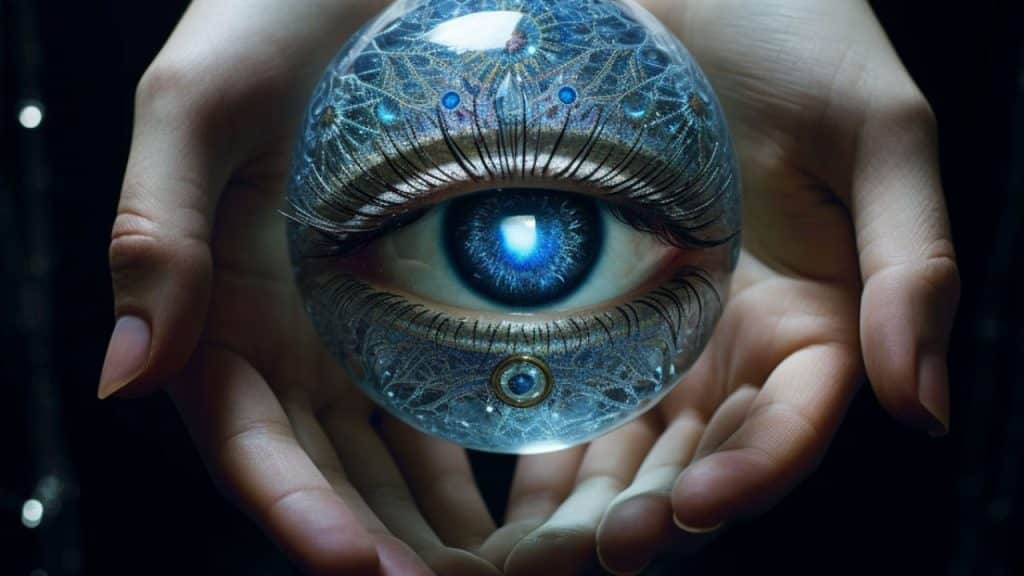Eyes are part of the body that may be easy to dismiss when you’re trying to stay on top of your health. Sure, as you grow older, your eyesight may fade a bit, but compared to problems with your heart or brain, that seems pretty minor. However, evidence is starting to suggest that the eye may be one of the best places to look if you’re trying to spot early signs of aging (https://longevity.technology/news/oculomics-keeping-an-eye-on-your-healthspan/).
Take the fluid aqueous humor and the gel-like vitreous humor, both of which are parts of the eye. They serve multiple purposes, including transportation and protection. They’re also very similar to plasma, which you probably know is usually found in blood.
Blood is essential for a variety of tests we use to measure health. The humors, because of their plasma-like composition, serve a similar purpose. You could theoretically use the humors to monitor blood glucose, either if you’re at risk of diabetes or you’re already managing the condition, and you could do it without needing any invasive needles.
Another potential early warning system for diabetes? The eye’s lens, which is more protein-dense than any other part of the body. Protein makes up around 60% of its composition. Now, some protein is essential for growth and repair, but as we grow older, we start accumulating more damaging types of protein that prevent our body’s systems from working properly. These harmful proteins include Advanced Glycation End-Products (AGEs), often associated with high blood sugar and diabetes. All you need to see if AGEs are building up the lens is to illuminate them with a particular blue light. They’ll gleam in green.
When it comes to the retina, the potential for identifying various signs of aging and disease is even bigger. It also accumulates proteins, such as the amyloid beta proteins associated with Alzheimer’s. The retina consists of multiple layers, each composed of different types of cell and with a different purpose. Some layers are neurons, connected by synapses, and they may provide insight into brain and nervous system functioning, including the development of neurodegenerative diseases like Parkinson’s and MS. Others are vascular, with a blood supply, and may show risk signs for cardiovascular disease. You could identify problems before you even show symptoms.
Oculomics has a lot of potential, especially combined with the analytical ability of AI, to change how we measure aging.




